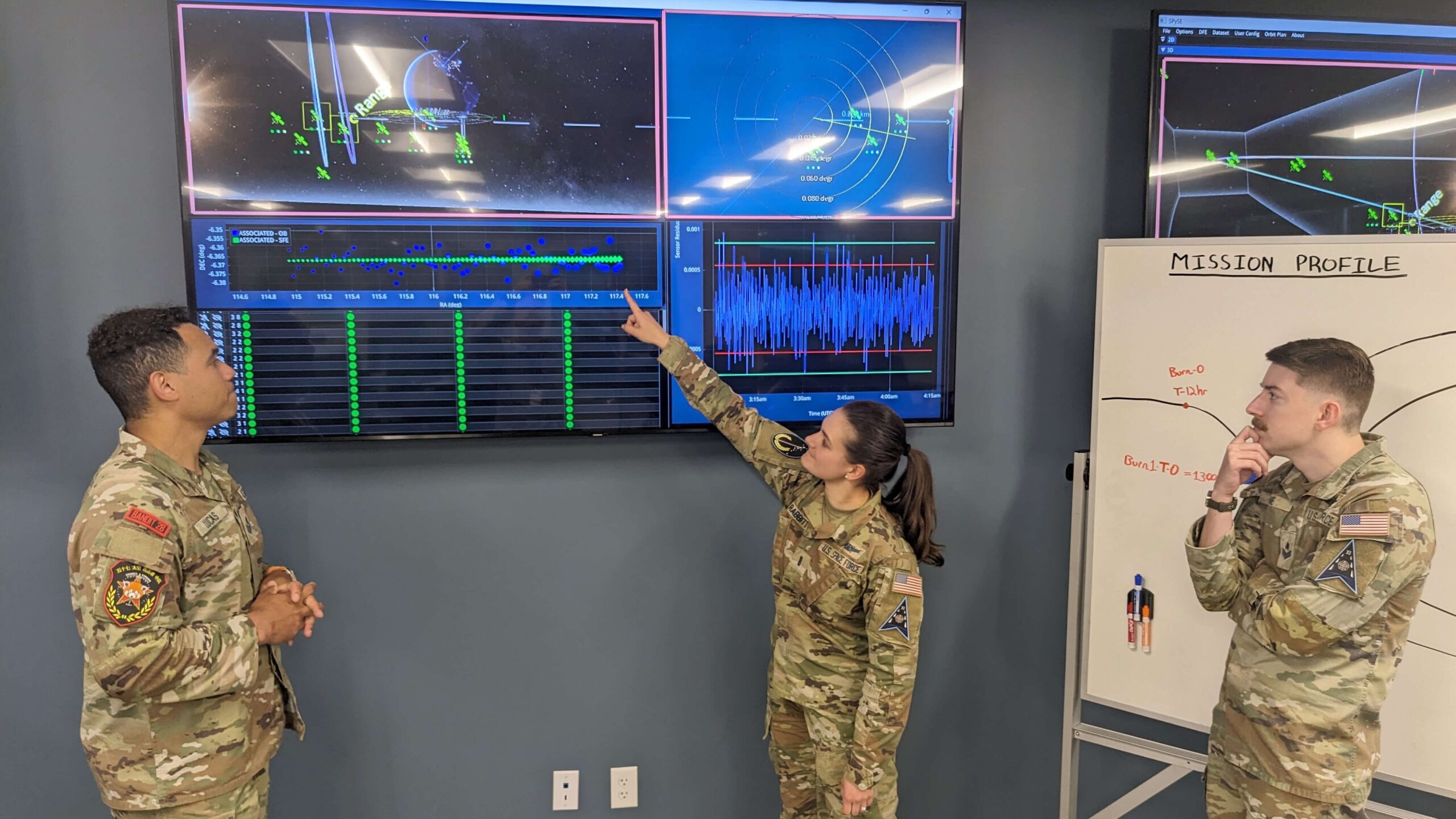I’m sure you’ve found yourself binge-watching TV shows like Narcos or Money Heist and thought to yourself, “I wish I could understand what they’re saying in Spanish.” Well, guess what? You can! As a language lover and avid TV watcher, I’ve discovered the best way to learn Spanish is through watching your favorite shows.
In this article, we’ll dive into tips and tricks for language learners on how to effectively use TV as a tool for learning Spanish. From choosing the right TV shows to incorporating different study methods while watching, I’ll show you the most efficient and enjoyable way to improve your Spanish skills from the comfort of your own couch. So get ready to add some spice (and a new language) to your next Netflix marathon with these expert tips!
best way to learn spanish from tv
Learning a new language can be challenging, but incorporating it into your daily life can make the process much easier and more enjoyable. One way to do this is by watching TV shows in the language you are trying to learn. And when it comes to Spanish, there are plenty of great options available.
Firstly, choose shows that interest you and align with your level of proficiency. This will help keep you engaged and motivated as you continue to improve your skills. You can start with children’s shows or sitcoms for beginners and work your way up to dramas or documentaries for advanced learners.
To get the most out of watching TV in Spanish, try following these tips:
1. Use subtitles: Start off by using English subtitles so that you can understand what is being said while also seeing how certain words and phrases are translated into English. As you progress, switch to Spanish subtitles or turn them off completely.
2. Take notes: While watching a show, write down any new vocabulary words or phrases that stand out to you. This will not only help expand your vocabulary but also give context for how they are used in everyday conversations.
3. Repeat after the characters: Pay attention to how words are pronounced and try repeating them after the characters on screen. This will help improve your pronunciation and accent.
4. Pause & rewind: Don’t be afraid to pause or rewind scenes if needed so that you can fully grasp what is being said.
5 . Watch with a friend: Consider watching with someone else who is also learning Spanish so that you can practice speaking together afterwards.
6 . Mix it up : Don’t limit yourself to just one genre of TV show – mix it up! Watch comedies, dramas, reality shows – anything that interests you! This will expose you to different accents, slang terms, and cultural references within the language.
7 . Set realistic goals : Be patient with yourself as learning a new language takes time! Set realistic goals for yourself, such as watching one episode a day or completing a full season in a month.
Watching TV shows in Spanish is not only an entertaining way to learn the language, but it also exposes you to different accents and cultural references. So grab your popcorn and start incorporating this fun learning method into your routine!
Choosing the Right Spanish TV Shows for Learning
When it comes to learning a new language, immersion is key. And one of the best ways to immerse yourself in a language is by watching TV shows in that language. For those looking to improve their Spanish skills, there are countless options available on various streaming platforms. However, not all Spanish TV shows are created equal when it comes to learning the language effectively.
First and foremost, it’s important to choose a show with clear and easily understandable dialogue. This means avoiding complex or regional dialects that may be difficult for beginners to follow. It’s also helpful if the show has subtitles available so you can read along while listening.
Another important factor is the genre of the show. While dramas and documentaries may provide more realistic dialogue, they can also be heavy on vocabulary and cultural references that may be overwhelming for beginners. Comedies or children’s shows tend to have simpler dialogue and use more everyday vocabulary which can make them easier for language learners.
Additionally, choosing a show with relatable characters can make learning more fun and engaging. If you’re interested in cooking, opt for a cooking show in Spanish; if you love crime dramas, go for a detective series set in Spain or Latin America.
Finally, don’t limit yourself to just one type of Spanish TV show! Mix it up by watching different genres from different countries where Spanish is spoken – this will not only expose you to different accents but also broaden your understanding of cultural nuances within the language.
One tip I personally swear by when selecting Spanish TV shows for learning is finding ones with shorter episodes – around 20 minutes instead of an hour-long drama series. Not only does this fit better into my busy schedule, but it also allows me time after each episode to review new words or phrases I learned before moving onto the next episode.
It’s also important not to feel discouraged if you struggle at first with comprehension while watching these shows; remember that practice makes perfect! If you’re feeling overwhelmed, start with shows that have an option for English subtitles until you become more comfortable with the language.
In addition to improving your language skills, watching Spanish TV shows can also expose you to different cultures and perspectives. You may learn about customs, traditions, and social issues that are unique to Spanish-speaking countries. This not only makes learning more interesting but also helps you gain a deeper understanding of the language’s cultural context. So go ahead and grab some popcorn and press play on a new Spanish show – it’s time to immerse yourself in the beautiful world of the Spanish language!
Understanding Different Dialects and Accents in Spanish through TV
One of the most fascinating aspects of language is how it varies from region to region. This is especially true in Spanish, a language that is spoken by millions of people all over the world. From Spain to Latin America, each country has its own unique dialect and accent. And what better way to explore these differences than through TV? By watching shows or movies from different Spanish-speaking countries, you can gain a deeper understanding and appreciation for the diversity within this beautiful language.
Firstly, let’s talk about accents. Just like in English, accents vary greatly in Spanish depending on where you are from. For example, someone from Mexico may have a completely different accent than someone from Argentina. This could be due to factors such as geography, culture and historical influences. By watching TV shows or movies from various countries, you can train your ear to pick up on these subtle differences in pronunciation and intonation. It can also help improve your own speaking skills by exposing you to new ways of pronouncing words.
Next up are dialects – regional variations that go beyond just accents and include vocabulary and grammar usage too. For instance, if you watch a show set in Colombia versus one set in Spain, you’ll notice some distinct differences in word choices and phrases used by characters that reflect their respective regions’ dialects. Exploring these nuances through TV not only helps expand your vocabulary but also deepens your knowledge of cultural customs and norms specific to each country.
In conclusion, delving into the world of television offers an entertaining yet educational way to understand the diverse range of dialects and accents present within the Spanish language. So why not grab some popcorn (or palomitas de maíz) as we say in Spanish), turn on your favorite show or movie set in another Spanish-speaking country, sit back and immerse yourself into its unique linguistic landscape!
Using Subtitles Effectively to Improve Spanish Vocabulary
Subtitles are a powerful tool when it comes to improving your Spanish vocabulary. Whether you are watching a movie, TV show, or YouTube video in Spanish, turning on subtitles can make a huge difference in your language learning journey. Subtitles allow you to see and hear the words at the same time, which helps with comprehension and retention. Additionally, they provide valuable context clues that can help you decipher unfamiliar words and phrases.
One of the most effective ways to use subtitles to improve your Spanish vocabulary is by actively reading them while watching a video. This means paying close attention to each word and trying to associate it with its corresponding spoken word. You can also pause the video when necessary to look up any new words in a dictionary or write them down for later review. By combining both visual and auditory learning methods through subtitles, you will reinforce new vocabulary more effectively and increase your understanding of how these words are used in real-life situations.
Another useful way to utilize subtitles for Spanish language learning is by using dual-language subtitles. These types of subtitles display both English translations as well as the original Spanish text on screen simultaneously. This approach allows learners who are not yet proficient enough in Spanish to understand everything being said without getting lost or discouraged from trying out new content entirely in their target language. Dual-language subtitles also give learners an opportunity to compare sentence structures between English and Spanish, aiding them in developing stronger grammar skills while expanding their vocabulary simultaneously.
Incorporating Spanish Language Study Methods While Watching TV
Learning a new language can be a daunting task, but incorporating it into your everyday life can make the process more enjoyable and effective. One way to do this is by using television as a tool for language study. And what better language to practice than Spanish? With its growing influence and widespread use, learning Spanish can open up many opportunities both personally and professionally.
To start, choose shows or movies that interest you in the Spanish language. This will keep you engaged and motivated throughout the learning process. As you watch, pay attention to words and phrases that are repeated often or catch your attention. Write them down along with their English translations in a notebook or on flashcards for future review.
Another useful tip is to turn on subtitles in both English and Spanish while watching TV shows or movies. This not only helps with comprehension but also aids in pronunciation as you hear native speakers saying the words simultaneously. You may even pause certain scenes to repeat after them until you feel comfortable pronouncing correctly.
Additionally, try practicing speaking out loud during dialogue-heavy scenes when characters are having conversations in Spanish. By repeating their lines out loud, it helps with pronunciation as well as getting used to speaking at a natural pace like native speakers do.
Incorporating these methods of studying while watching TV not only makes learning Spanish fun but also allows for consistent practice without taking time away from daily activities. So go ahead and grab some popcorn – it’s time for some entertaining yet practical language study!
Avoiding Common Mistakes When Learning Spanish Through TV Shows
Learning a new language can be a daunting task, but it doesn’t have to be boring and tedious. One way to make the process more fun and engaging is by using TV shows as learning tools. However, there are some common mistakes that people often make when trying to learn Spanish through TV shows. In this article, we’ll explore these mistakes and how you can avoid them.
Firstly, one of the most common mistakes people make is relying solely on TV shows for their Spanish education. While watching shows in Spanish can definitely help improve your listening skills and vocabulary, it shouldn’t be your only source of learning. It’s important to supplement this with other resources such as textbooks or online courses that provide grammar explanations and exercises. This will ensure a well-rounded understanding of the language.
Another mistake is choosing TV shows that are too advanced for your current level of Spanish proficiency. It may seem tempting to jump into a popular telenovela or drama series right away, but if you’re still at a beginner level, it will likely overwhelm you with unfamiliar vocabulary and slang phrases. Start with simpler content such as children’s cartoons or news segments designed for language learners before moving on to more complex shows.
Additionally, another mistake people make is not actively engaging while watching the show. Simply sitting back and passively watching won’t do much for your learning progress. Instead, try pausing the show frequently and repeating after the characters’ dialogue out loud. This will help with pronunciation practice and solidify new words in your memory.
In conclusion, using TV shows as a tool for learning Spanish can be effective if done correctly. By avoiding these common mistakes such as relying solely on TV shows or choosing ones above your proficiency level without actively engaging in the learning process, you’ll have an enjoyable experience while improving your language skills at the same time!
Conclusion: Enhancing Your Spanish Language Skills with Television
Watching television can be a great way to enhance your Spanish language skills. With its diverse range of programs, from news and documentaries to dramas and sitcoms, television offers a fun and engaging platform for learning a new language. Not only does it provide exposure to authentic conversations and pronunciations, but it also allows you to improve your listening comprehension in a natural setting.
One of the most effective ways to utilize television for language learning is by using subtitles. Whether they are in English or Spanish, subtitles can help you understand the dialogue better while also reinforcing vocabulary and grammar. This is especially helpful for beginners who may struggle with understanding spoken Spanish at first. By reading along with the subtitles, you can train your ear to pick up on common words and phrases used in everyday conversations.
Another benefit of using television as a tool for learning Spanish is that it exposes you to different accents and dialects. Just like how regional variations exist within English, Spanish also has various nuances depending on where it’s being spoken. By watching shows from different countries or regions where Spanish is widely spoken, you can expand your knowledge of these variations and become more comfortable understanding them.
In addition to improving listening comprehension, watching TV shows in Spanish can also improve your speaking skills. Try repeating after characters or imitating their pronunciation during conversational scenes. You could even create flashcards from new words or phrases that you hear while watching TV and practice using them in real-life situations.
Overall, incorporating television into your language learning routine can greatly enhance your proficiency in speaking, listening, reading, and writing in Spanish.



